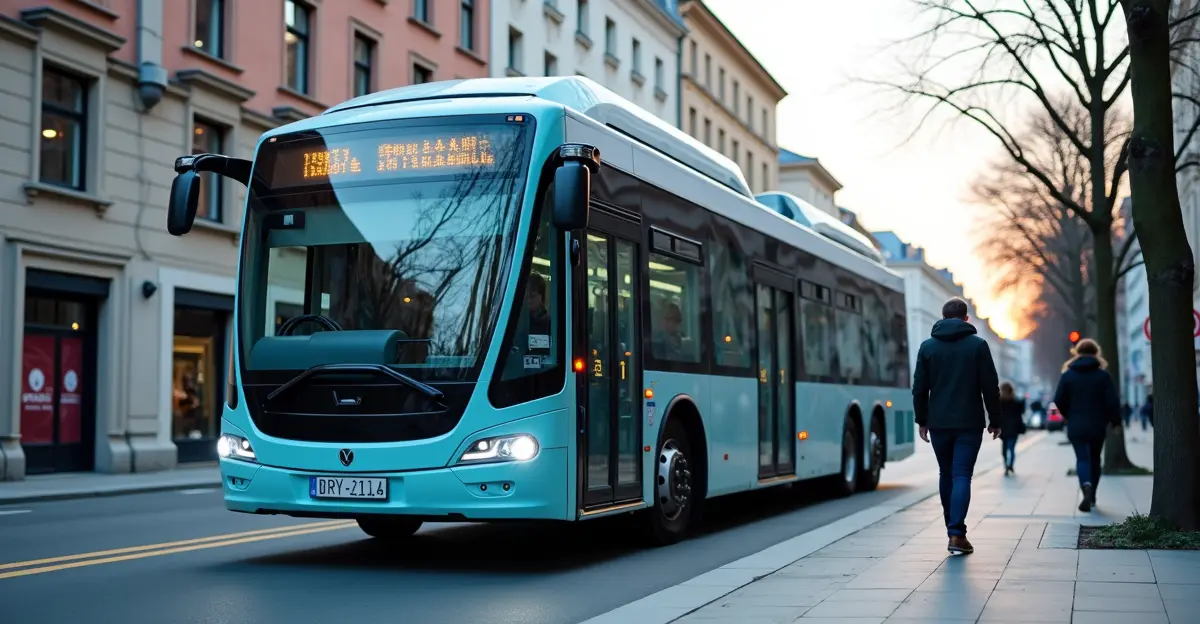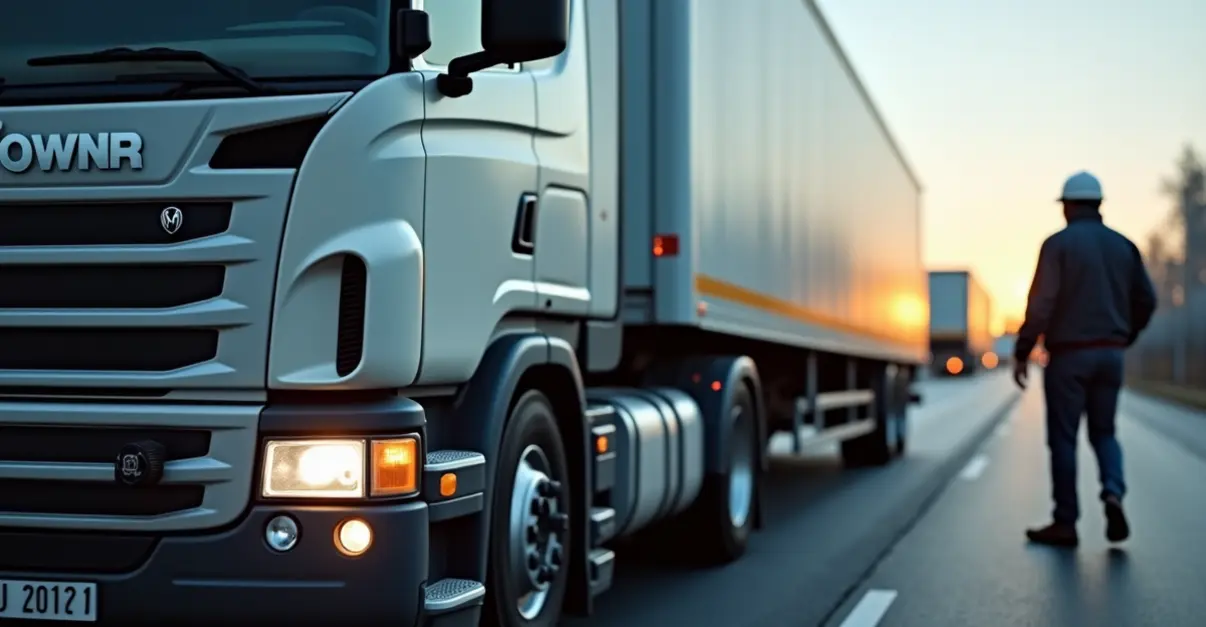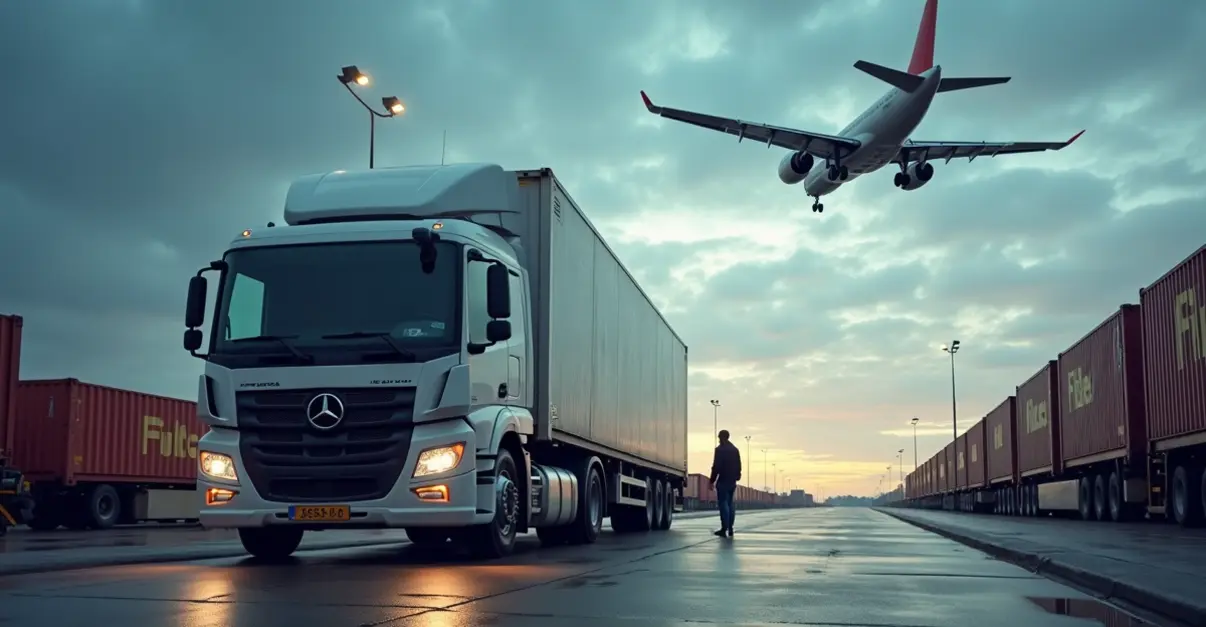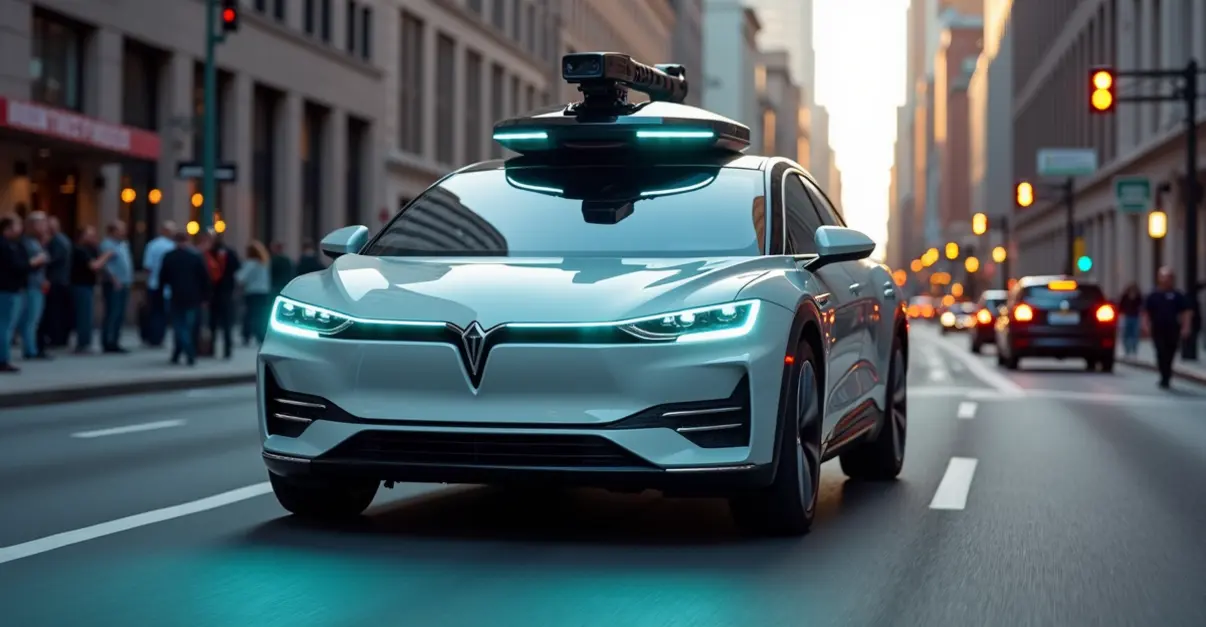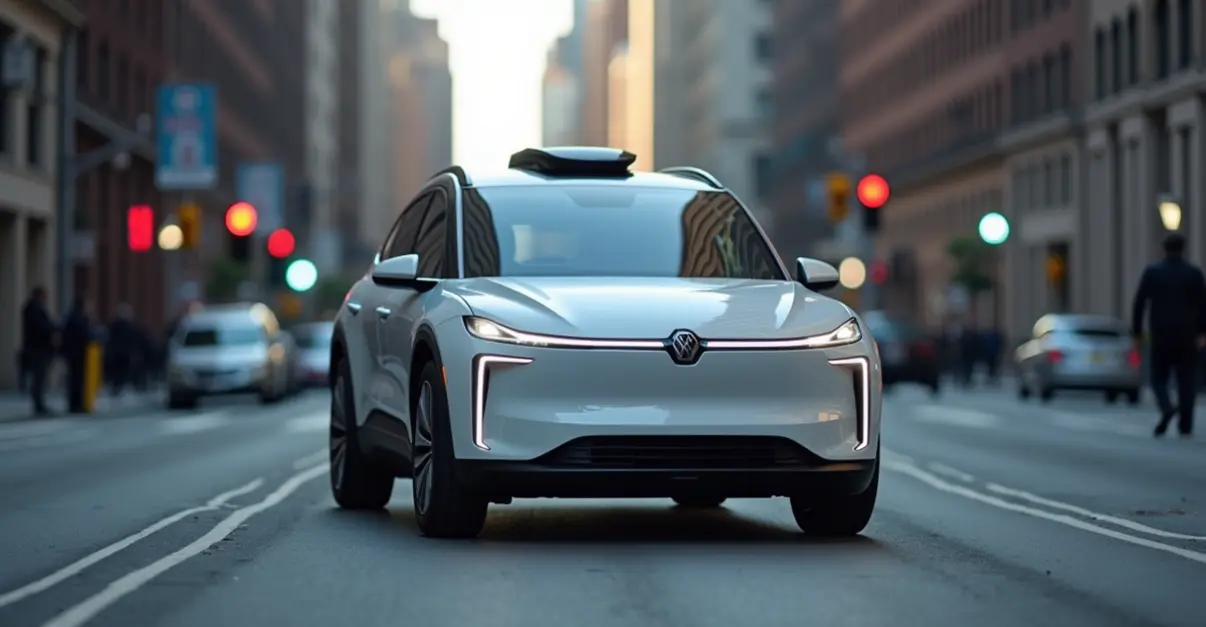Waymo expands self-driving car service to highways in major US cities, marking a milestone in autonomous vehicle technology. Tesla's robotaxi ambitions face regulatory and technical challenges as Waymo solidifies market leadership.

Waymo's Highway Expansion Marks Autonomous Vehicle Milestone
Waymo, the autonomous vehicle subsidiary of Alphabet (Google's parent company), has announced a groundbreaking expansion of its self-driving car service to include highway routes in major U.S. cities. This development represents a significant leap forward for autonomous vehicle technology, moving beyond city streets to tackle the complex challenges of high-speed freeway driving.
The company, which already operates commercial robotaxi services in Phoenix, San Francisco, Los Angeles, Atlanta, and Austin, will now offer highway trips when freeway routes are 'meaningfully faster' for passengers. According to CNBC reports, Waymo co-CEO Dmitri Dolgov emphasized that 'freeway driving is very hard to master for full autonomy at scale', requiring over a decade of testing and development.
Technical Challenges and Safety Protocols
Highway driving presents unique challenges for autonomous vehicles. While freeways have fewer variables than city streets—no pedestrians, traffic lights, or complex intersections—they require vehicles to navigate at higher speeds (typically up to 65 mph) and manage complex maneuvers like merging, lane changes, and high-speed traffic flow.
Waymo has developed new 'highway protocols' in collaboration with traffic police and safety authorities to mitigate risks. The company's extensive safety research, documented in 49 published safety papers, includes behavior modeling, injury risk estimation, and collision avoidance systems specifically designed for highway conditions.
'When an accident occurs at highway speeds, the impact can be significantly greater,' noted a Waymo safety engineer in recent statements. 'That's why we've implemented multiple redundant systems and emergency protocols specifically for highway operations.'
Current Service Areas and Expansion Plans
The highway service is currently available to early users in Phoenix, Los Angeles, and San Francisco, with plans to expand to Atlanta and Austin in the near future. The expansion includes curbside service at San Jose Mineta International Airport and covers the entire San Francisco peninsula, including Silicon Valley areas like Palo Alto and Mountain View.
According to TechXplore, passengers can now take driverless rides up to 45 miles on U.S. 101 from San Francisco City Hall to San Jose's airport. Waymo plans further expansion to Miami, San Diego, and Washington, D.C. in 2026, while continuing testing in New York City, Tokyo, and London.
Tesla's Robotaxi Ambitions Face Challenges
While Waymo advances its highway capabilities, Tesla's long-promised robotaxi service faces significant hurdles. According to Reuters reporting, Tesla has begun limited testing of its robotaxi service in Texas, but the service still requires human safety drivers and operates at a much smaller scale than Waymo's established operations.
Elon Musk has predicted that Tesla's robotaxi service would reach 'half the population of the US by the end of the year', but current deployment remains limited. Business Insider reports indicate Tesla is on a major hiring spree across multiple states to meet ambitious expansion goals, but regulatory approvals remain a significant bottleneck.
'Tesla's vision-only approach, using cameras without lidar or radar, faces skepticism from safety experts,' noted an autonomous vehicle industry analyst. 'While it's a more cost-effective solution, questions remain about its reliability in adverse weather conditions and complex driving scenarios.'
Competitive Landscape and Market Impact
Waymo's highway expansion solidifies its position as the market leader in autonomous ride-hailing. The company, which originated from Google's Self-Driving Car Project in 2009, now offers over 250,000 paid rides per week totaling more than 1 million miles monthly, according to Wikipedia data.
Other competitors include Amazon's Zoox, which offers limited service on The Strip in Las Vegas using vehicles without steering wheels or pedals, and Cruise, which has faced regulatory challenges following safety incidents.
The autonomous vehicle market is projected to grow at a 61% compound annual growth rate, potentially generating $150,000-$200,000 per vehicle annually. However, safety concerns persist, with California implementing new laws next year to hold driverless car companies accountable for traffic violations.
'This highway expansion represents more than just a technical achievement,' said a transportation technology expert. 'It demonstrates that autonomous vehicles are maturing from experimental technology to viable commercial services that can handle real-world driving conditions.'

 Nederlands
Nederlands
 English
English




